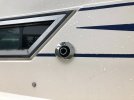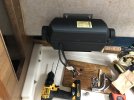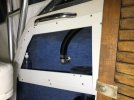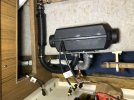Dan The Man
Active Member
I have one installed in my grady 232 . pulling it up this weekend and will take some pictures. i have one vent going in the cabin , one at the windshield and one right by the captains chair. Mine was installed by them, he said it was a huge pain in butt..






